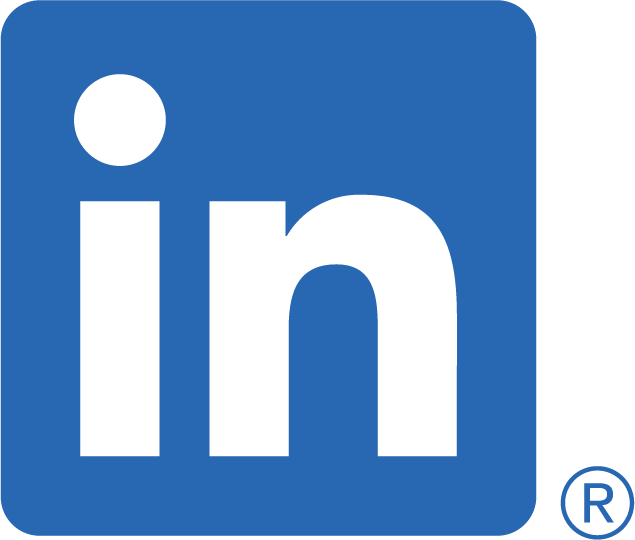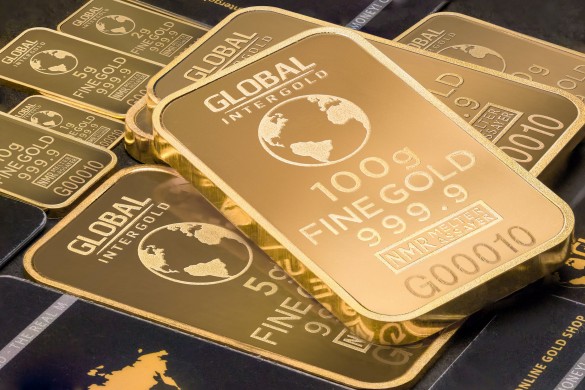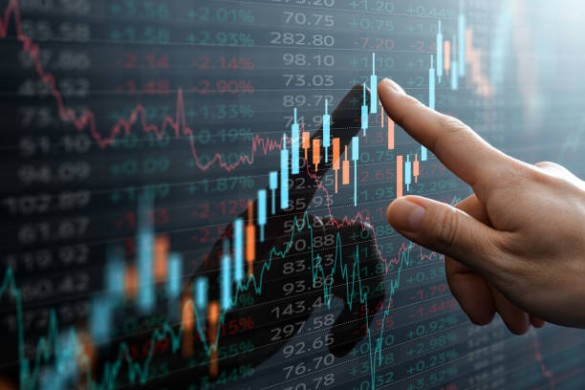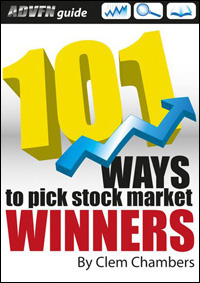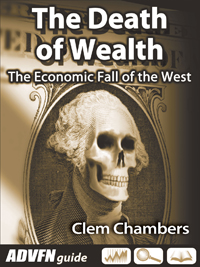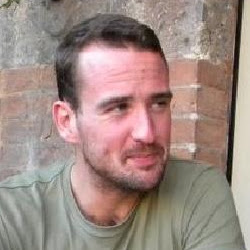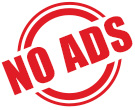It was a difficult decision to make, after all they reported earnings per share of around 3p, dividend yield of 5%, operating profit up by 86% at £2m, and a strong balance sheet. The shares were trading at 31p – 33p, merely 11 times the reported earnings. Given further growth in the economy and increased efficiency at the consolidated factories, surely this seems quite cheap?
But I looked a little closer at the make-up of the profit numbers. They are not as good as the headline numbers indicate. Also, when I bought at 11.95p, being less than the value of the net current asset value combined with the property values, I had a large margin of safety in the balance sheet numbers. Now the NCAV is £4.5m. If I add the property value of £6.15m then I get up to £10.65m. This is less than the MCap at 41.35m shares x 31p = £12.8m; and that is before I knock one-third off inventories and one-fifth off receivables.
But aren’t you supposed to hold deep value shares for a minimum of three years? Yes, but this share has moved to such a large multiple of its conservatively calculated owner earnings (see next Newsletter) that I felt compelled to act. It is not going to morph into a Warren Buffett type investment because it lacks sufficient competitive advantage through some degree of customer captivity. So it remains a NCAV investment vulnerable to the business cycle that has already done what I asked of it at the beginning – a 166% return.
The profit numbers
In the table below you’ll notice that despite a rise in profit in 2016 there was a decline in revenue.
In contrast to the published accounts I have not included the £1.3m gain on “Pension Increase Exercise” which makes a significant difference to the bottom line. I thought it unreasonable to boost the profit number by this amount; it is a one-off benefit, and what I really want to get to is the longer-term on-going profits. Including a one-off, created by persuading pensioners to opt to forego final salary pension rights, would distort the picture.
| £’000s | 2016 | 2015 | 2014 | 2013 | 2012 | 2011 |
| Sales | 24,577 | 25,538 | 23,342 | 25,049 | 26,272 | 28,904 |
| Operating profit before exceptional items | 2,013 | 1,212 | 721 | 709 | 423 | 805 |
| Exceptional charge | -1,271 | -114 | -115 | – | -72 | -297 |
| 742 | 1,098 | 606 | 709 | 351 | 508 | |
| Finance income | – | +1 | +3 | 0 | +32 | 0 |
| Pension related finance costs (admin expenses, net interest expense) | -651 | -449 | -279 | -541 | 0 | -316 |
| Tax | -114 | -69 | -29 | -90 | -114 | -111 |
| Profit after tax | -23 | 581 | 301 | 78 | 269 | 81 |
| Profit after tax with exceptionals added back | 1,248 | 695 | 416 | 78 | 341 | 378 |
| Through the BS contribution to pension scheme to close the deficit | -400 | -400 | -375 | -417 | -550 | -600 |
| Results in PAT with exceptionals added back minus pension contribution | 848 | 295 | 41 | -339 | -209 | -228 |
| Dividend paid | 620 | 391 | 277 | 254 | 185 | 231 |
On the third line of the table exceptional items are deducted. In most years this does not make much difference, but in 2016 the exceptional charge was equal to 64% of the operating profit. These exceptionals are losses experienced by shareholders even though the managers would like us to regard them as applying to only that year; they imply that they are now done and dusted, and not to appear again. Let’s look at what they were in 2016:
•Staff redundancy costs for those unwilling/unable…………….To read the rest of this article, and more like it, subscribe to my premium newsletter Deep Value Shares – click here http://newsletters.advfn.com/deepvalueshares/subscribe-1

 Hot Features
Hot Features
